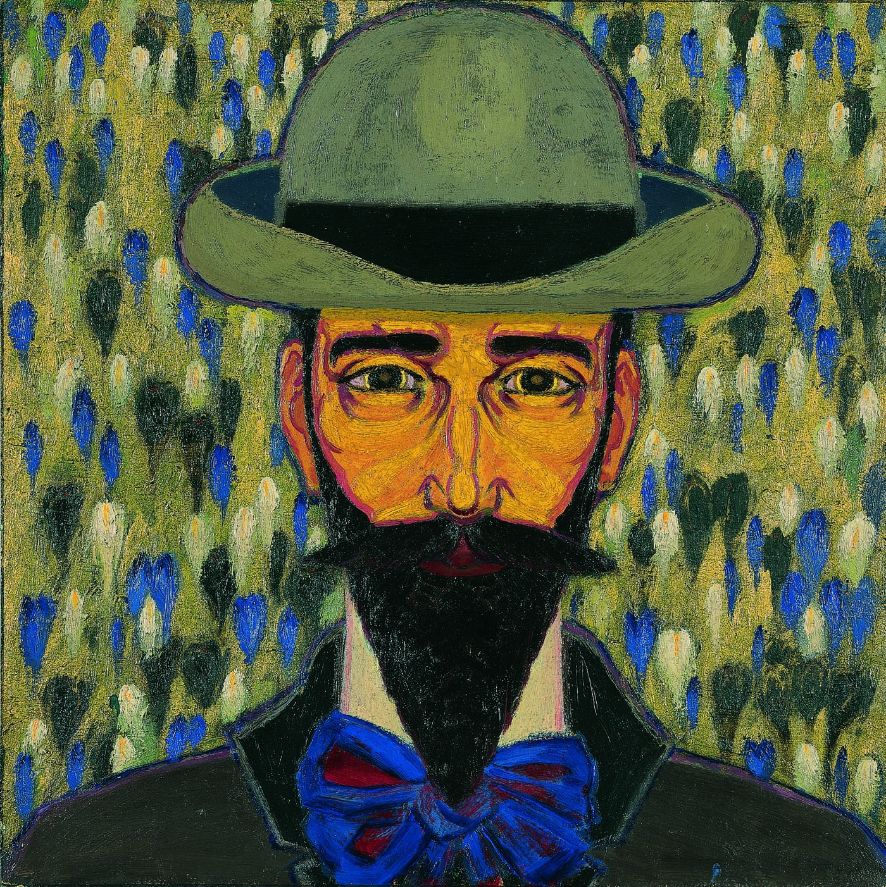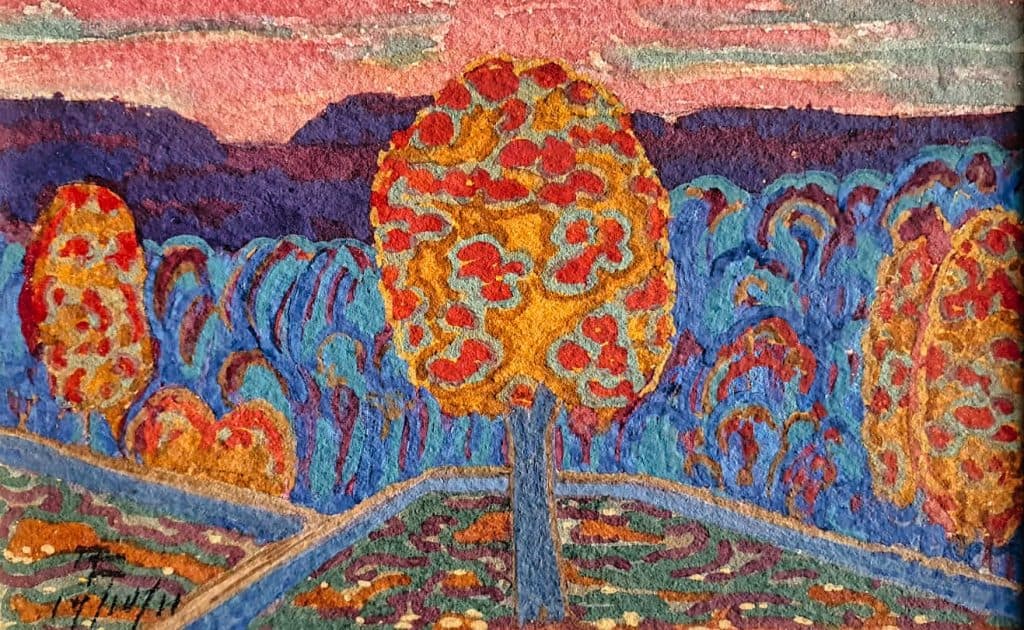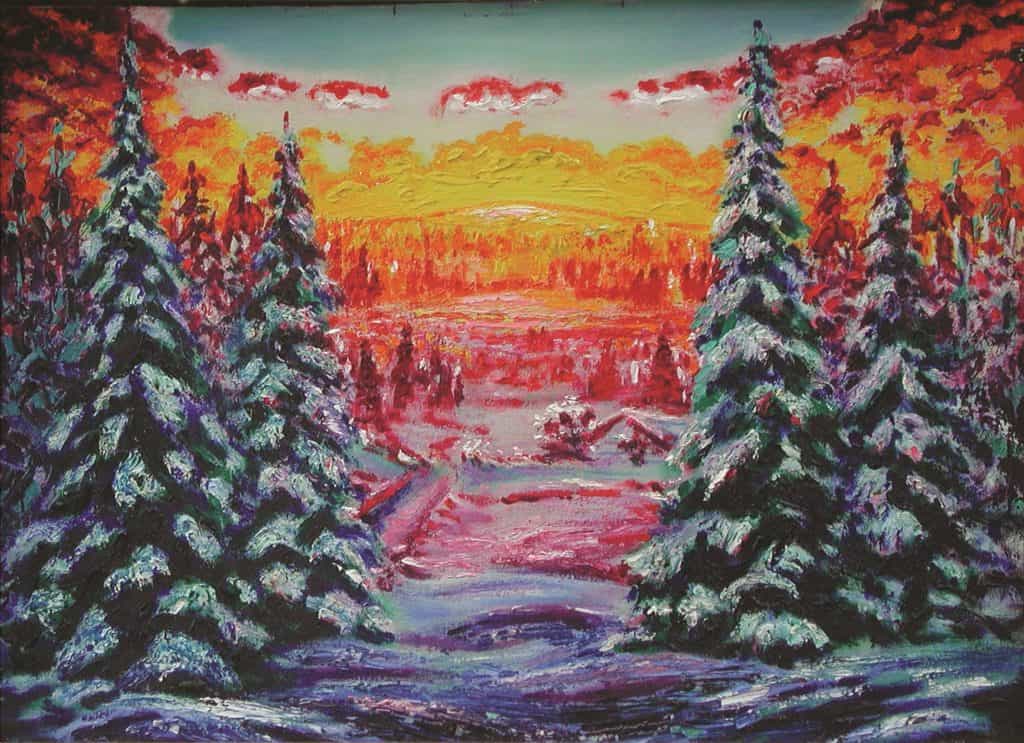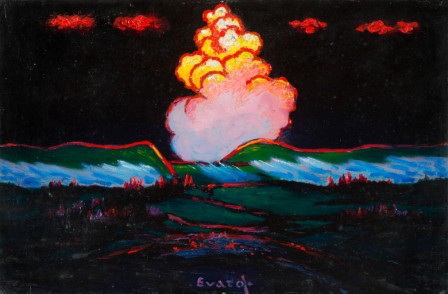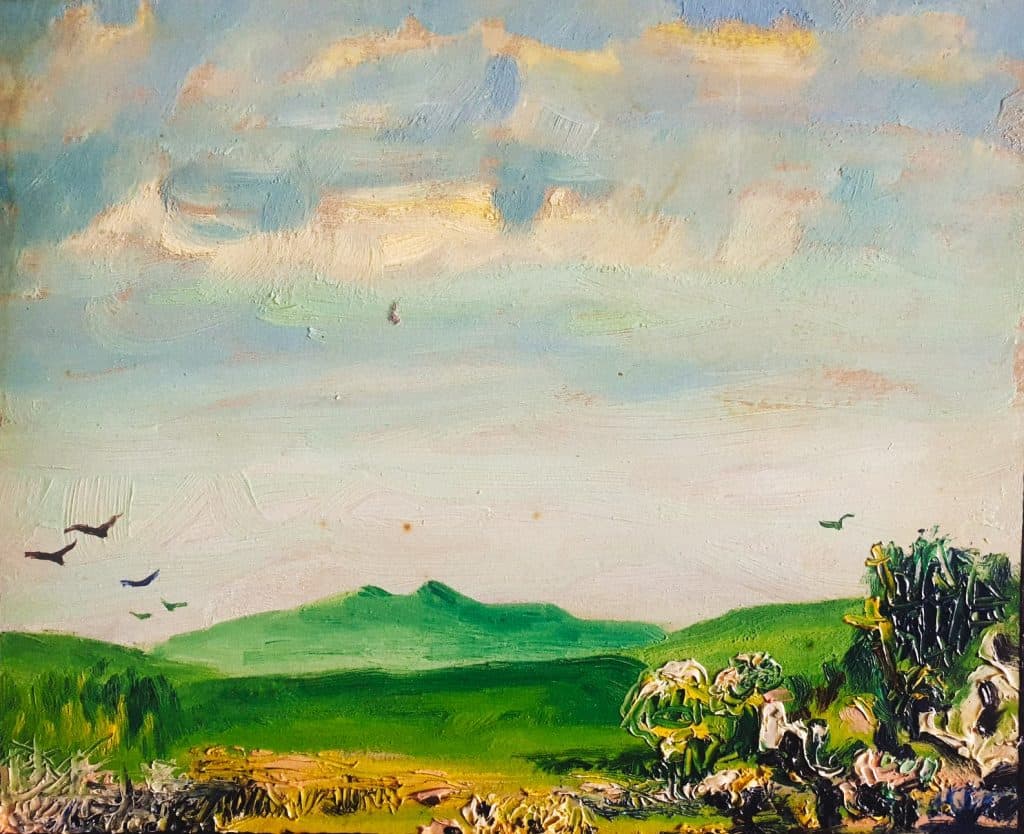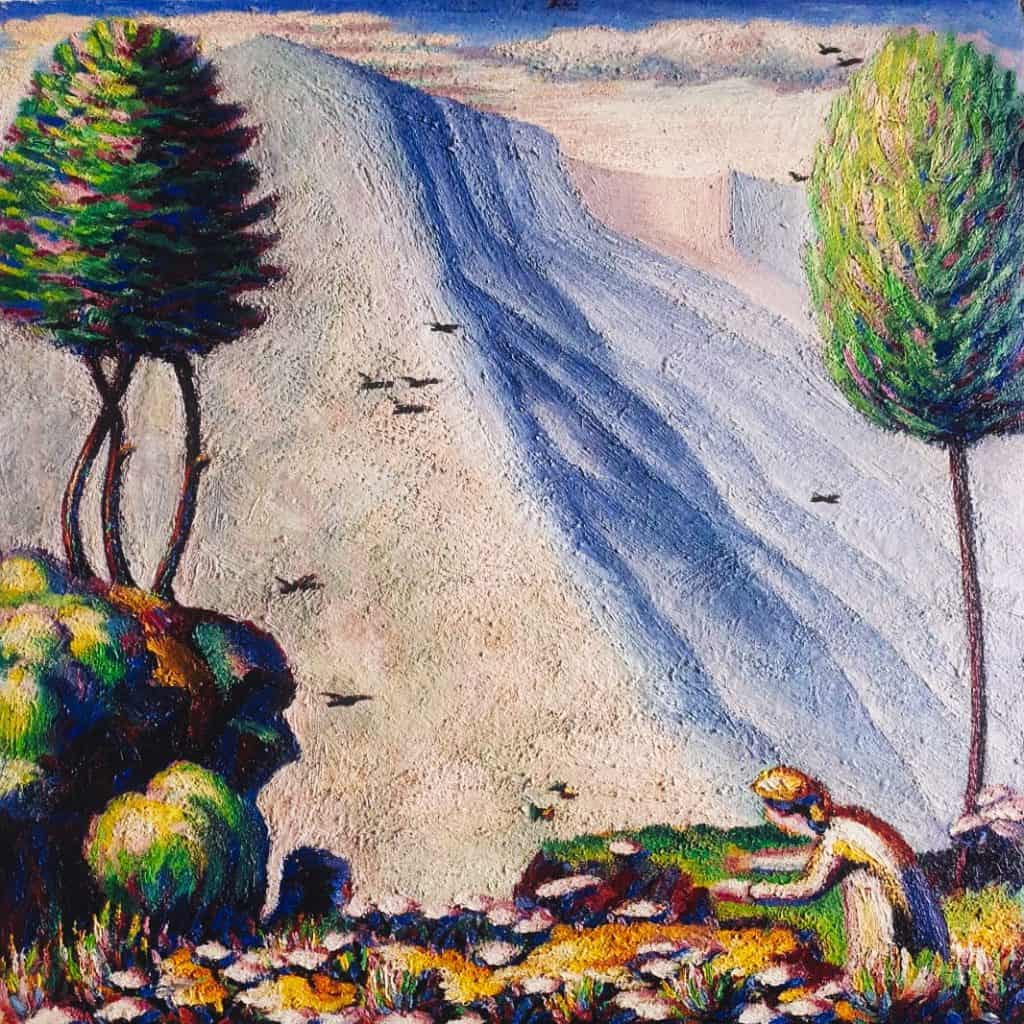Andre Evard
About the artist
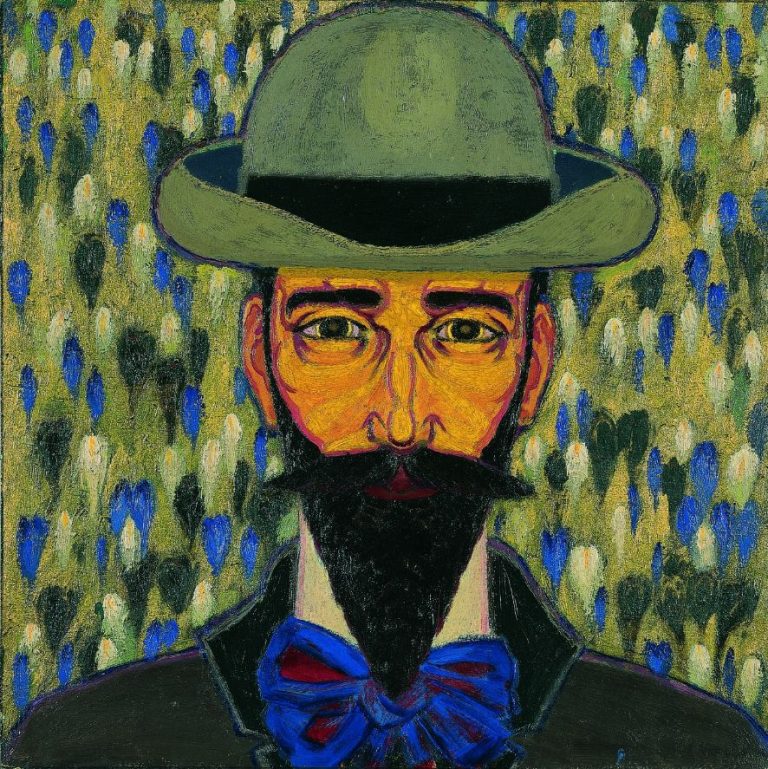
André Evard was born in Renan/Switzerland in 1876. From 1904 to 1906 he attended evening courses at the School of Applied Arts “Ecole d’Art” in La Chaux-de-Fonds. Between 1906 and 1909 he was a master student of Charles L’Eplattenier, the founder of the “style sapin”, a special form of Swiss Art Nouveau. Evard’s college friends included Le Corbusier, Georges Aubert, Octave Matthey and Léon Perrin. After his study trip in 1907 he created his first collages. Between 1908 and 1913 he made works in enamel. A first high point of his constructive work was in the 1920s. During his time in Paris, between 1923 and 1931, he took part in the most important Parisian art exhibitions, the “Salon d’Automne” and the “Salon des Indépendants”. Between 1924 and 1926 numerous constructive works were created. In 1937 Evard became member no. 10 of the newly founded artist group “Allianz”. In 1951 his retrospective took place at the “Musée des Beaux-Arts” in La Chaux-de-Fonds. The artist died in 1972 at the advanced age of 96 in Le Locle/Switzerland.
André Evard painted both representationally and constructively throughout his life. His first geometric abstractions were created in 1913. He is thus one of the first non-figurative artists and is considered one of the pioneers of constructive geometric painting in Switzerland. Still, Evard never wanted to commit to one art style. He was tempted by the experiment of combining classic styles, but also Cubism and Constructivism, and using the power of his personality and his ingenious sensitivity to develop his own formal language. Regardless of the level of abstraction he indulged in, the artist never lost his sense of spatial interpretation, the hierarchy of values and the distribution of light. In an almost unbelievable way, he understood how to achieve new perspectives by coordinating these elementary laws. In addition, he succeeded in his color compositions in subjecting completely opposite colors to a total harmony.
biography
- André Evard was born on June 1st, 1876 in Renan (Canton Bern).
- 1879: After the death of his father, he moves with his mother to La Chaux-de-Fonds, where they open a pastry shop
- 1903: André Evard joins the cultural council of the city of La Chaux-de-Fonds
- 1904 – 1906: Attended evening courses at the local school of applied arts with Charles L’Eplattenier, the founder of the style sapin (fir tree style), a special form of Swiss Art Nouveau
- 1906 – 1909: Master student of Charles L’Eplattenier Evard’s closest friends from college included Le Corbusier, with whom he painted various private villas, as well as Georges Aubert, Octave Matthey and Léon Perrin
- 1907: First study trip to Italy
- 1923 – 1927: Various stays in Paris Meetings with Braque, Delaunay, Léger, Mondrian Theo van Doesburg wants Evard to work with the De Stijl group Exhibitions in the Salon d’Automne and the Salon des Indépendants
- 1923 – 1924: Creation of the rose series
- 1924 – 1926: Geometric still lifes
- 1928: Marries Milca Reguin, daughter of the painter Louis Reguin
- 1936: Participation in the Zurich exhibition Time problems in Swiss painting and sculpture
- 1937: Evard becomes member no. 10 of the newly founded artist group Allianz
- 1951: Retrospective at the Musée des Beaux-Arts in La Chaux-de-Fonds
- 1972 André Evard dies on July 20th, 1972 in Le Locle (near La Chaux-de-Fonds)

